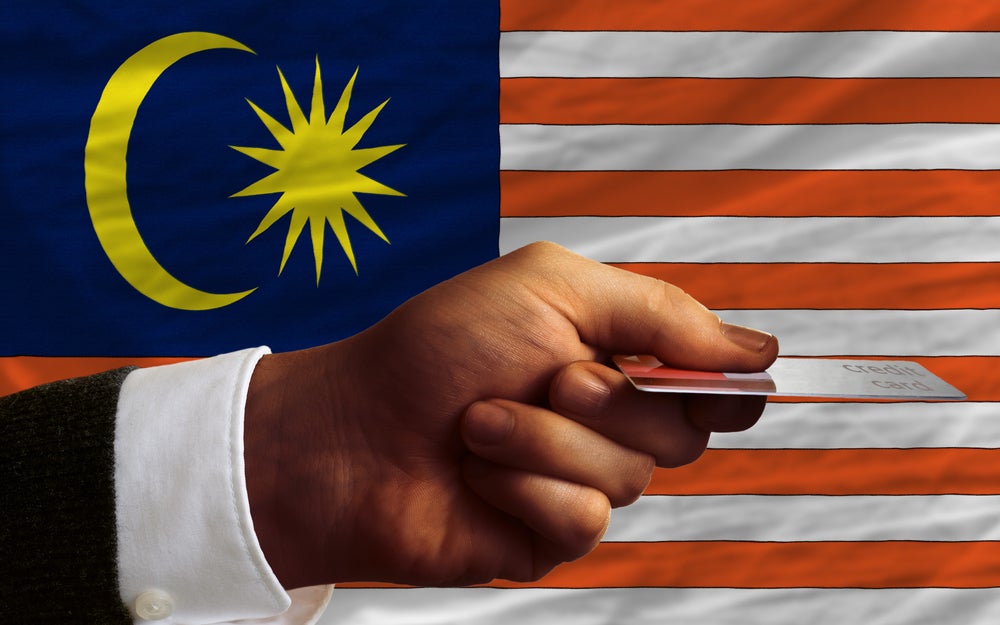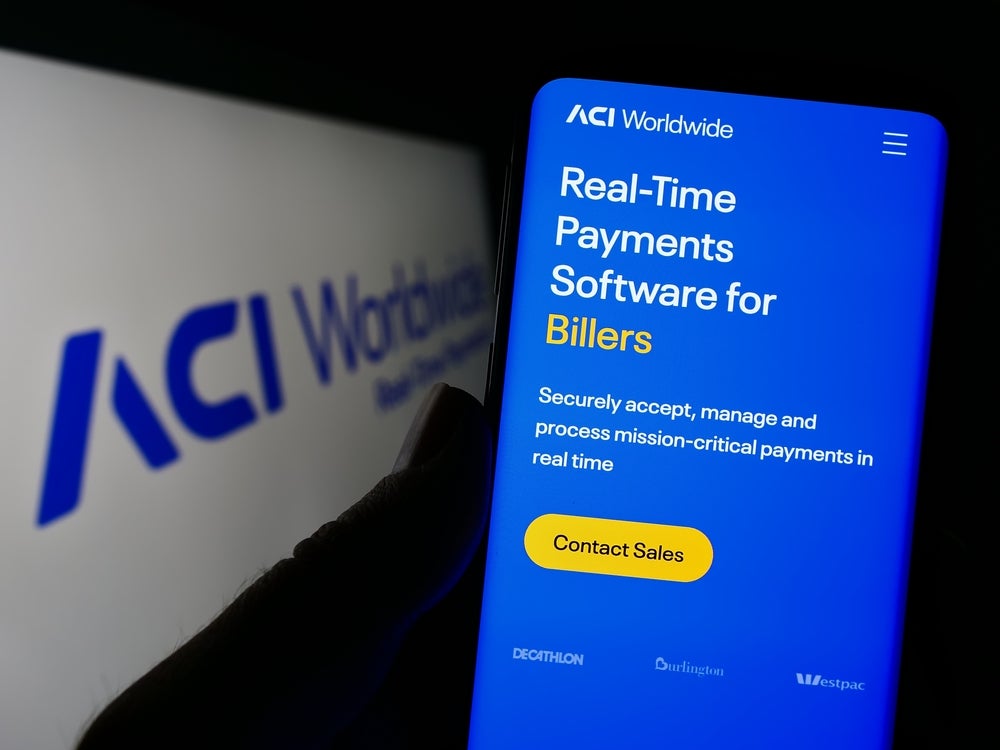China’s credit card market appears to be losing the trade war, at least when viewed by the number of late payments sitting on banks’ balance sheets, argues Ivan Castano
China’s card issuers including the country’s big banks and leading names such as China Union Pay are suffering from the country’s deepening trade conflict with Washington.
Delinquent payments are expected to grow sharply this year. At the same time, credit card issuance could decline as much as 50% as consumers feel the pinch from a sharp economic downturn.
Meanwhile, the US payments sector is performing more strongly, with charge-off levels rising modestly, while the global cards market is set to gain 8% to 10% on the back of rising e-commerce demand.
The high-stakes trade spat, – which some experts see as worsening with no hope of a resolution until after the US’s 2020 elections – has so far taken a bigger toll on China, they claim.
GDP is expected to grow under 6% this year, down from a prior 6.5% forecast and much higher rates in the past decade, while industrial production fell to a 17-year low in July.
The US does not seem to be doing much better on that front, however, with GDP growing a slower-than-expected 1.8% in the third quarter and manufacturing activity falling to a 10-year low, reviving concerns that a recession could be around the corner.
Chinese household debt rises sharply
Observers say China’s biggest banks are beginning to struggle after over-hedging themselves during China’s boom years when consumer loans rose too fast. Currently, household debt stands at over 53% of GDP and 85% of disposable income, up from 18% and 31% respectively just a decade ago, according to Fitch Ratings.
Observers expected credit card defaults to surge well over last year’s 20% hike to CYN79bn when they were up ten-fold 10 against 2010. Meanwhile, the ABS market is also deteriorating, with late balances at seven of China’s top 10 lenders that securitise credit card receivables rising markedly.
“We have seen an increase in credit card NPL ratios at some banks during the first half, especially those that were more aggressive in credit card-lending expansion over the past two years,” says Tracy Wan, an analyst at Fitch Ratings tells CI.
Some of China’s fastest-growing issuers, including Bank of Guiyang, Harbin Bank and Bank of Shanghai are cutting down on plastic issuance, which surged 40% to 60% last year but is bound to fall in coming months to leave the overall growth rate at 5% to 10%. That compares with 2018’s 23% jump to CYN6.85trn, according to observers.
To avoid further losses, China’s banks must bolster their underwriting standards which “have been less stringent than for auto loans and residential mortgages, especially since Chinese banks turned to online channels or social media platforms for customer acquisition” in recent years, Wan and her team say in a report.
How well do you really know your competitors?
Access the most comprehensive Company Profiles on the market, powered by GlobalData. Save hours of research. Gain competitive edge.

Thank you!
Your download email will arrive shortly
Not ready to buy yet? Download a free sample
We are confident about the unique quality of our Company Profiles. However, we want you to make the most beneficial decision for your business, so we offer a free sample that you can download by submitting the below form
By GlobalDataUS defaults ease up
Meanwhile, the payments sector seems healthier in the US where the tariffs ordeal has not yet exerted too much pressure, according to analysts.
“The default rate for the eight largest issuers we cover is low,” says Fitch Ratings analyst Michael Taiano, adding that charge -offs rose 10bp to 25bp to 3% of outstanding card balances as of the second quarter and have gradually fallen from a 5% to 6% rate since the 2009 financial crisis.
As Washington and Beijing’s tensions reach new heights (with Trump threatening to limit investments to China), Taiano sees delinquencies inching higher, though he declines to provide a year-end forecast.
Meanwhile, American Express, which large pool of US manufacturing customers is facing losses from Trump’s tariffs on roughly $500bn of Chinese goods — could suffer from a prolonged trade war.
This is because it targets more businesses than archrivals Visa and Mastercard which have a higher consumer focus, according to Taiano.
“They are seeing spending volumes moderating, especially from midsize operating costs onto consumers,” he explains.
The blue-box logo issuer saw corporate spending volumes jump 7% in the second quarter, down from 11% in the same year-ago period, he adds.
Amex has also “grown loans faster than peers in the last couple of years (partly to compensate for losing the Costco retail account) so there is a concern that if we move into a down cycle some of those loans will underperform,” adds Taiano.
In balance, American Express continues to run a formidable business, with return on equity (ROE) margins exceeding 30% compared to 20% for Discover and other competitors, he points out.
Plastic usage grows
Not everyone agrees Amex or its rivals would suffer a heavy blow from a drawn out crisis in foreign commerce, mainly because global card demand – and transaction fees – continues to grow rapidly.
“American Express has enough cash and plenty of liquidity to launch a variety of initiatives to restore any lost business,” says Argus analyst Stephen Biggar, adding that the company has also been fairly successful in recovering from the dramatic unravelling of its co-branded Costco card business.
More crucially, “while the trading feud is in its second year, it doesn’t seem to be affecting credit card payment flows as much as bank and invoice related payments [like trade finance],” Biggar points out.
While higher tariffs are squeezing some American importers, they have many options to fight them, notably shifting suppliers out of China and into Vietnam, Bangladesh, Indonesia or Philippines (already a rising trend) or pass higher costs to consumers, in which case the Amex, Visa and Mastercards of the world would benefit from higher fees. Moreover, the risk that some companies will be unable to absorb rising duties and be forced to fold their franchises remains low, Biggar adds.
He expects global card-fee revenues will continue to leap this year – with or without a recession – as online retail purchases remain buoyant, boosting credit and debit card usage more rapidly than in the brick-and-mortar economy.
“Credit card companies are charging higher fees relative to transaction amounts and the shift to plastic from cash in online spending will benefit payment flows,” adds Biggar.”This won’t change in a downturn.”
Ivan Feinseth, a Visa and Mastercard analyst at Tigress Financial Partners, agrees.
Christmas gains?
Despite China’s slowing economy, global credit transaction volumes continue to increase, he insists, forecasting gains of 8% to 10% in 2019.
Plus, “Mastercard and others are expecting a 5% gain in holiday sales,” he enthuses, adding that Mastercard continues to benefit from strong global consumer demand US record unemployment.
That may be so, but the trade war remains a hangover on the global economy. Washington and Beijing negotiators are set to meet in mid-October in hopes of ironing out a deal to end the impasse. But gloomy market watchers say the chance of a thaw during those meetings remains relatively slim.







